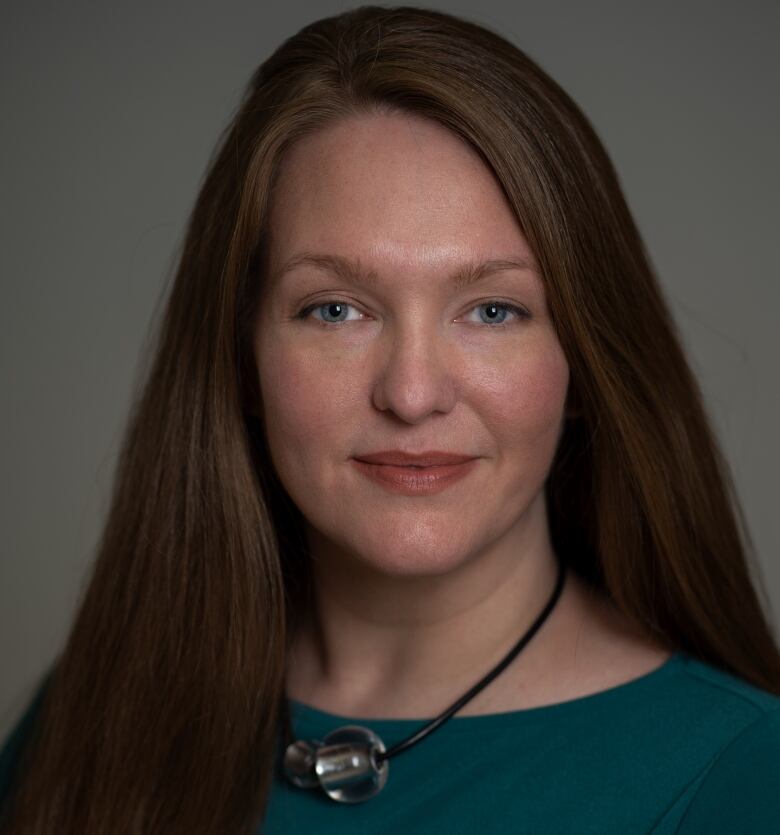Brampton family desperately seeking stem cell donor for twin toddlers
Undergoing a bone marrow transplant is the only cure for Misha and Zoey Prajapati

At thePrajapatihome in Brampton,twin two-year-olds Misha and Zoey seem to be living a regular life as they run around laughing and playing.
But parents Sanjay and Nipasay the family has been very sheltered over the last two years.
"We can't take them to the neighbourhood park, the beach, we really can't go out much," their father Sanjay said.
The twins first fell ill for a couple of weeks at around seven months old. Initiallytheir parents didn't think much of it, chalking it up to teething but the girls weren't getting better, and so they ended up at The Hospital for Sick Children.
"We were there for a month,that's whenwe found out about their diagnoses," Sanjay said.
Misha and Zoey were diagnosed with chronic granulomatous disease (CGD),in which white blood cells are unable to kill certain types of bacteria and fungi.It meansthe toddlers arehighly susceptible to frequent and sometimes life-threatening bacterial and fungal infections, and so theirparentshave to be very careful about thechildren spending time outdoors.
"It's very restrictive," Sanjay said.
Currently, the only cure for the twins is a bone marrow transplant, which requires a stem cell donor. Right now, there are no matches for the girls in the national registry. Canadian Blood Services says there are over 1,000 Canadians waiting for a stem cell donor, and the organization'sgoal is for theregistry to better reflect Canada's diverse population.
As it stands,only 34 per cent of the registry is diverse, and only sevenper cent of donors areSouth Asian. A match is more likely if the donor shares a similarbackground as the patient.
Dr. Julia Upton, a staff physician at TheHospital for Sick Children and associate professor at the University of Toronto, says CGD is very rare. It's estimated between 40 and 400 children in Canada are living with it.
"Parents have to remain very vigilant seeking medical attention when the child is acting differently or unwell or has a fever," Upton said.

The doctor said there will probably be more treatment options in the future, like gene editing or gene therapy, but for now, abone marrow transplant orhematopoietic stem cell transplantation is the only cure.
"The transplant replaces[a type of white blood cell]and gives them cells that can fight infection and also regulate the immune system," Upton said.
It's easy and you can save a life, says CanadianBlood Services
Chris van Doorn, community development manager in stem cells at Canadian Blood Services, says it is common that people with diverse backgrounds have a harder time finding a match.
"We get them reaching out and asking for assistance recruiting more donors to the registry," van Doorn explained, adding people who are healthy and between the ages of 17 to 35can register online or through community events.
"If we had a registry that reflected the Canadian population it would be far easier to find matches for people."

Canadian Blood Services is working to recruit more donors, and wants the public to know that the process is simple. Ninety per cent of the time, van Doorn says,stem cells can be collected through blood.
"So you're hooked up to a machine, they take the stem cells and they give you everything else back, it's very easy and it's just like donating blood, but you're hooked up longer," he said. Stemcells can also be extracted through a person's hip bone.
"I don't know of anything else that's that easy and can directly results in saving a life," he said, adding a person could be the only donor in the world who could save a specific patient.
Parents holding swab drive
In the hopes of encouraging more people from various backgrounds to consider becoming a donor,thePrajapati's are hosting a swab drive near the Canadian Blood Services donor clinic in Heartland Town Centrein Mississauga on Aug. 7, from 11 a.m. to 3 p.m.

Sanjay saysMisha gets IVtherapy every twomonths for gut issues, and finding a donor is urgent before their conditions worsen. Nipaand Sanjayhave simple dreams for their daughters:letting them play anywhere outside, having them finally spend time with their family dog, and eventually sending the kidsto daycare.
The parents said the last time the girlswere at the hospital, doctors told them they were very lucky they made it out.
"It's really hard to always worry in the background," their father said.












_(720p).jpg)


 OFFICIAL HD MUSIC VIDEO.jpg)
.jpg)



























































































